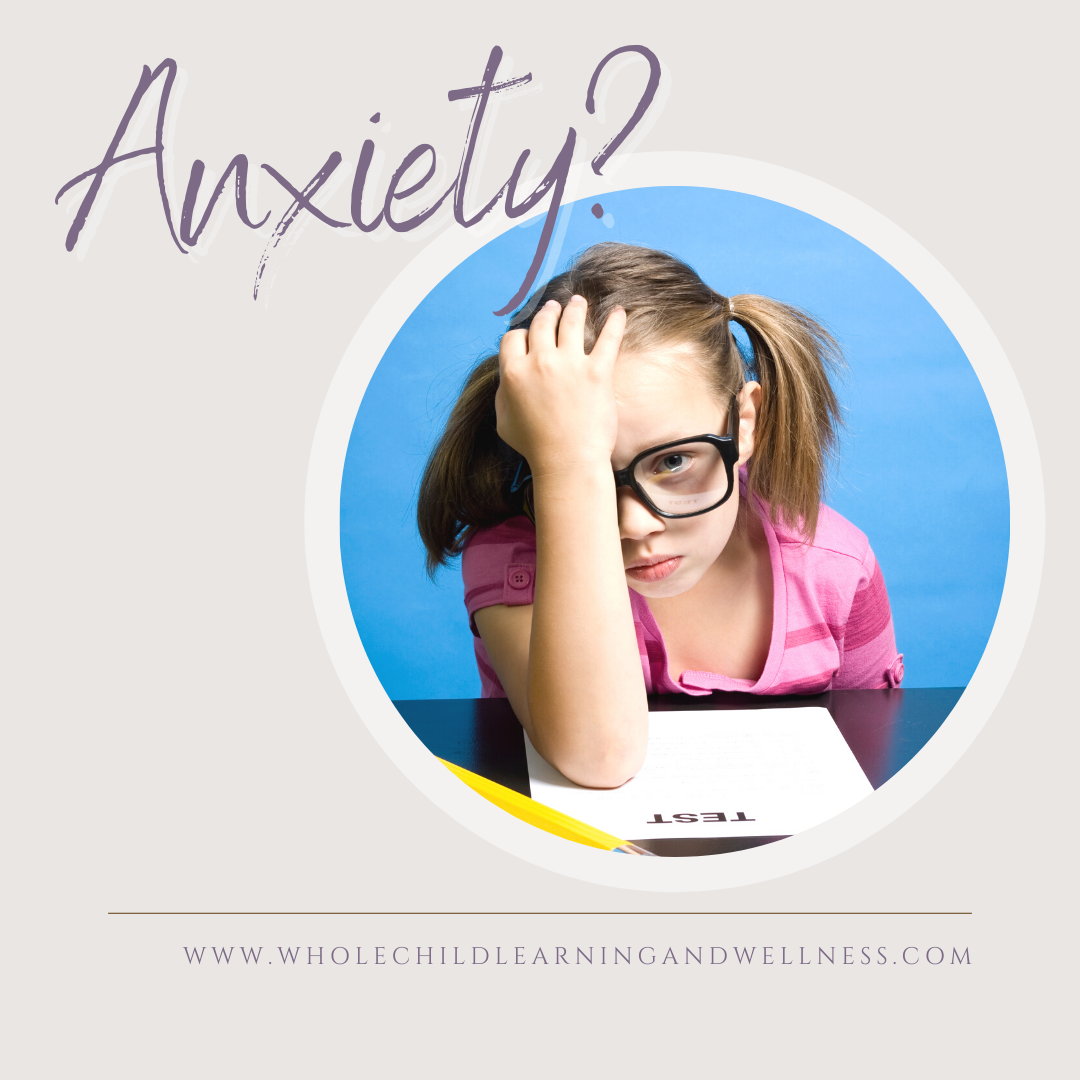April 2022
Something that I have noticed that has become a huge issue, at least for the children in the US, is an increase in anxiety. It is such a problem that this school year they have even included wellness or sensory rooms in the schools. Although I applaud that the schools are finally recognizing that the classroom can be overstimulating for some children, it is an indication to the level of the problem that it has become such a necessity.
So what is anxiety and how can we deal with it naturally, without having to turn to harmful medication? Fear and anxiety go hand and hand. Fear is the body’s reaction to a specific threat, whereas anxiety is the body’s reaction to perceived danger or threat, an unknown threat. Some classifications of anxiety are generalized anxiety disorder, social anxiety disorder, and separation anxiety disorder.
Anxiety is an overactivity and dominance of the right frontal lobe and children who are “stuck right hemisphere” seem to be more susceptible to having anxiety episodes. Anxiety floods your body with adrenaline, which makes it hard for neurotransmitters to carry messages across the synapse in the brain. There appears to be an imbalance between dopamine and serotonin and symptoms can be linked to an alteration to the functionality of neurotransmitter pathways from the midbrain to the hippocampus and amygdala.
Specific stressors that contribute to anxiety are:
Toxins
The functioning of the vagus nerve
Mineral imbalance
Heavy metals
Genetics (KPU)
Emotional stressors, and
Technology
Therefore, in order to correct anxiety, these stressors need to be addressed through diet, lifestyle changes, proper supplementation, balancing the autonomic system, and enhancing the connectivity of the brain.





0 Comments